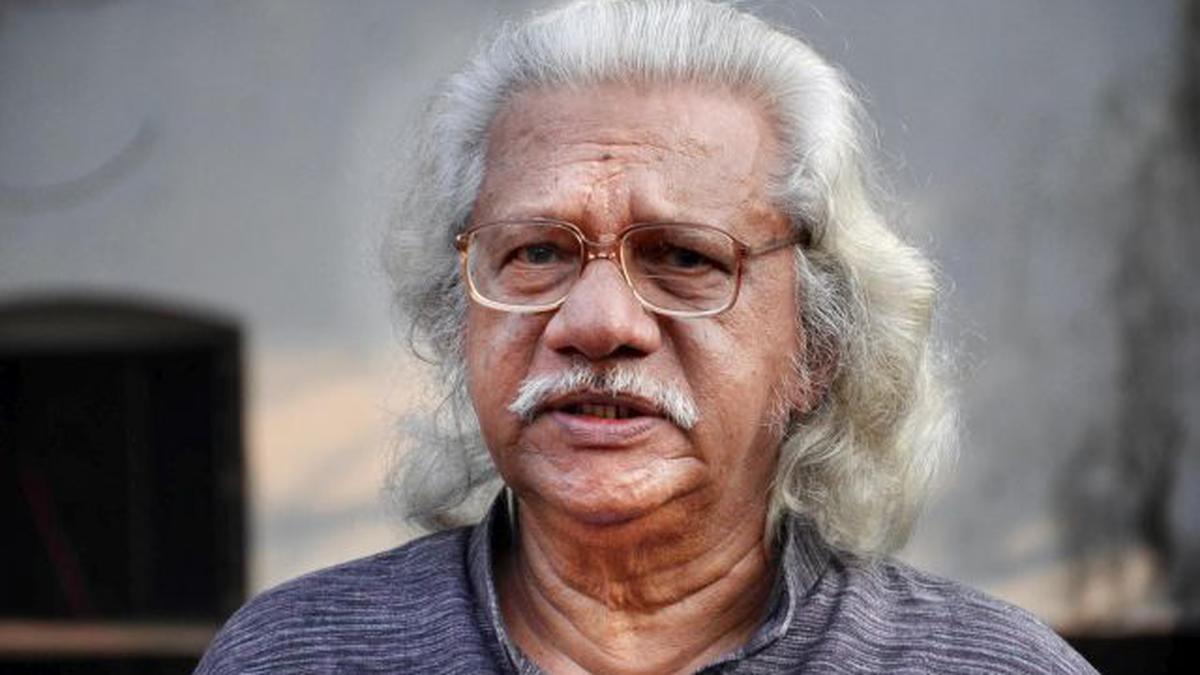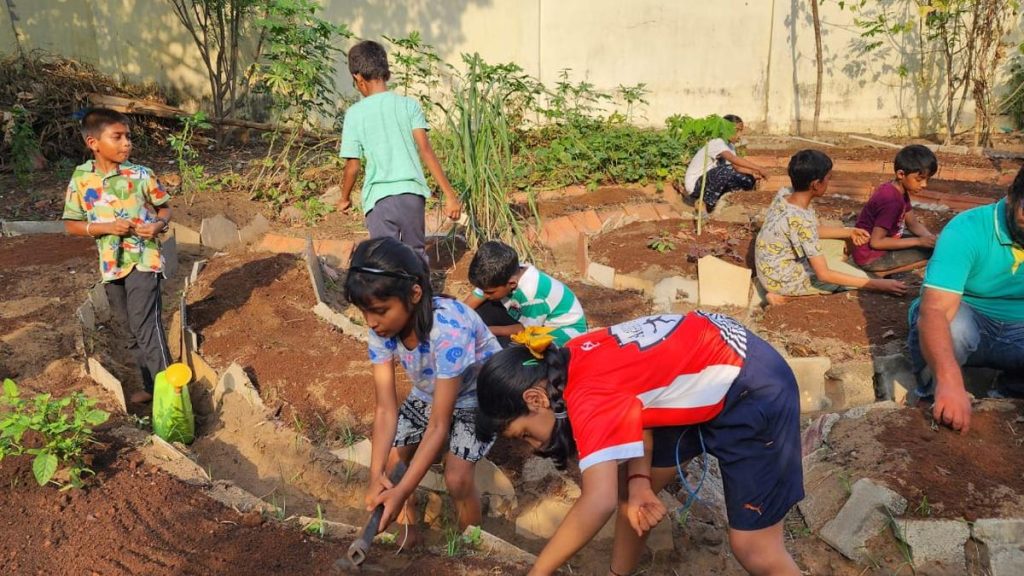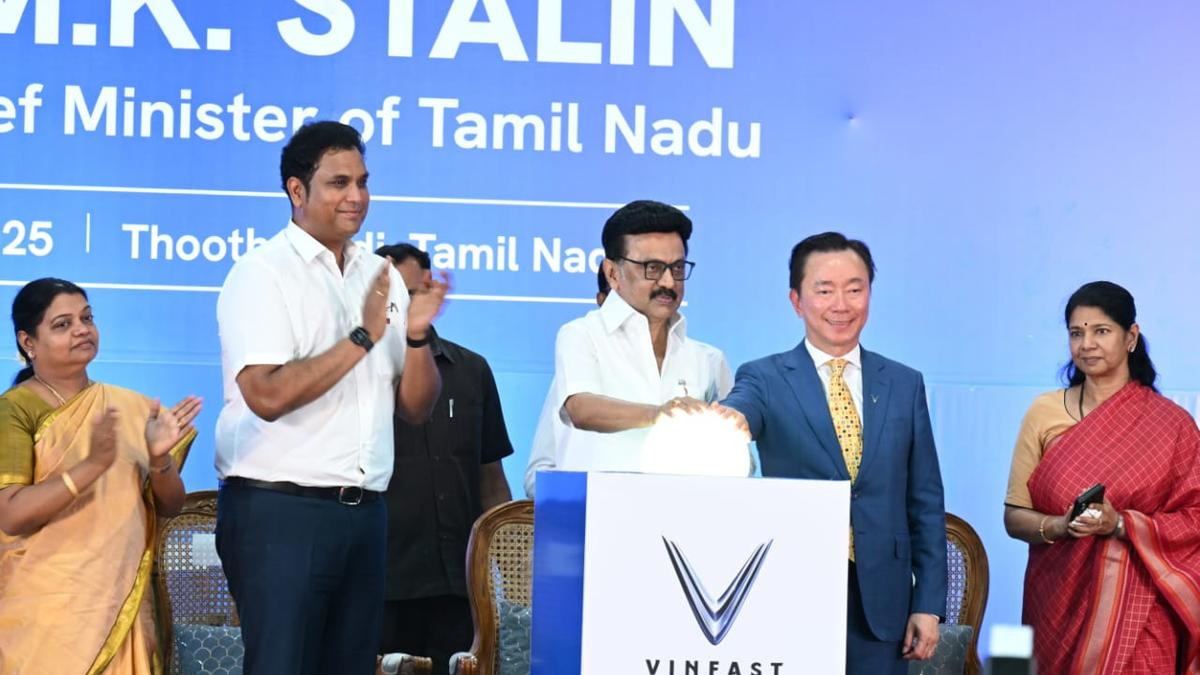Now Reading: Adoor Gopalakrishnan Faces Backlash Over Remarks on Kerala SC/ST Filmmakers’ Project
-
01
Adoor Gopalakrishnan Faces Backlash Over Remarks on Kerala SC/ST Filmmakers’ Project
Adoor Gopalakrishnan Faces Backlash Over Remarks on Kerala SC/ST Filmmakers’ Project

Quick Summary:
- Veteran filmmaker Adoor Gopalakrishnan criticized the Kerala government’s project to financially support aspiring filmmakers from Scheduled caste (SC), Scheduled Tribe (ST) communities, and women during the Kerala Film Policy Conclave.
- He stated that while the intent of the ₹1.5 crore financial aid is good, it may led to corruption and suggested reducing the amount to ₹50 lakh while providing mandatory three months of intensive training for beneficiaries.
- Minister for Cultural Affairs Saji Cherian opposed his views,asserting that ₹1.5 crore is insufficient for quality filmmaking in today’s times and emphasized supporting SC/ST filmmakers who historically lacked opportunities in Malayalam cinema.
- Higher Education Minister R. Bindu supported the initiative through a Facebook post, underscoring its role in addressing historical injustices faced by marginalized communities.
- Filmmaker Bijukumar Damodaran accused Gopalakrishnan of applying discriminatory standards by advocating mandatory training only for SC/ST and female filmmakers.
- Dalit activist Dinu Veyil filed a complaint under the SC/ST Prevention of Atrocities act against Gopalakrishnan’s remarks, adding legal controversy to ongoing debates.
- Gopalakrishnan defended himself amid criticism, reiterating his call for reduced amounts alongside increased training opportunities and maintained that procedural knowledge was vital before disbursing funds.
indian opinion Analysis:
This debate exposes critical tensions surrounding state-supported inclusivity measures versus perceptions of meritocratic principles within creative industries. Adoor Gopalakrishnan’s arguments advocate robust training frameworks but risk being perceived as endorsing unequal scrutiny for historically marginalized groups-a point strongly contested by activists and fellow creatives like Bijukumar Damodaran.The government’s initiative underscores its commitment to empowering underrepresented voices traditionally excluded from Malayalam cinema’s narrative-a promising intervention in fostering diversity if implemented thoughtfully. However, achieving balance between encouraging creative freedom and ensuring funds serve their intended purpose may require re-evaluating mechanisms or including broader consultations among stakeholders.
Continued discourse on equitable resource allocation without diluting inclusion efforts will likely be central as India’s cultural policies evolve further toward representation across spheres.
Read more at: The Hindu























